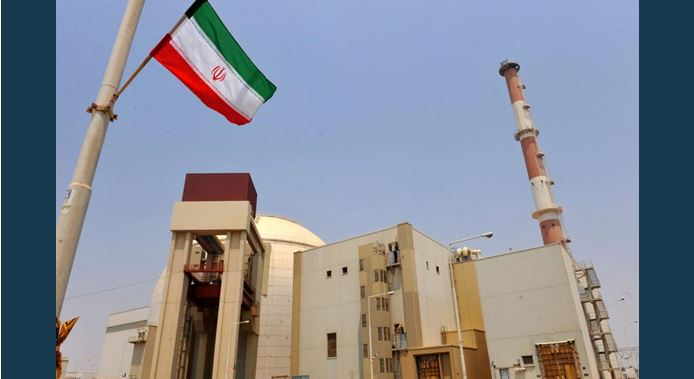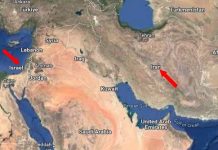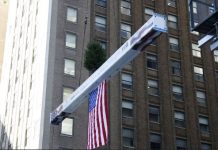
April 9 (UPI) — A non-profit global science and security group says in a new report that Iran has built a plant to produce nuclear weapons despite its insistence that all its atomic endeavors are wholly peaceful.
The Washington, D.C.-based Institute for Science and International Security said the 30-page report is based on documents from the Iran Nuclear Archive that were seized by Israel two years ago.
The analysis, posted Wednesday, said Tehran has “clearly” been dishonest with the International Atomic Energy Agency, which relies on government cooperation and onsite inspections. “Iran should declare this site to the International Atomic Energy Agency and allow its inspection, since the facility was designed and built to handle nuclear material subject to safeguards under Iran’s comprehensive safeguards agreement,” wrote scientists David Albright, Sarah Burkhard and Frank Pabian.
The report says Iran created the Shahid Mahallati Uranium Metals Workshop, near Tehran, to research and develop uranium metallurgy related to building nuclear weapons — particularly components for weapons-grade uranium, the key explosive material in Iranian nuclear weapon cores.
The group said Iran told the IAEA more than four years ago it hadn’t done any metallurgical work intended for nuclear weaponry and wasn’t willing to discuss any similar activities “that did not have such an application.”
“The activities at Shahid Mahallati and [another plant] Shahid Boroujerdi are a dramatic contrast to that statement,” the report added. “Highlighting once again that Iran furthered its nuclear weapons capabilities far more than was known prior to Israel’s seizure of the Nuclear Archive, permitting Iran today to build nuclear weapons faster than previously believed.
“Despite this chilling assessment, the new details in the Nuclear Archive now confront Iran, demanding that it admit to its deceptions and falsehoods, as if the Nuclear Archive is reality denied coming back to haunt Iran.”
The group said the main building at one of the plant sites was gutted and abandoned between late 2010 and early 2011, and that Iran has yet to declare the site to the IAEA or allow inspections.
The United States led multiple Western governments, Russia and China in an agreement with Iran four years ago to limit Tehran’s nuclear capability in exchange for sanctions relief. The Joint Comprehensive Plan of Action was abandoned by the Trump administration in 2018 and President Donald Trump reintroduced sanctions to force them back to the bargaining table.
Iran and remaining parties to the deal — Britain, China, France, Germany, Russia and the European Union — have expressed an interest in saving the deal, but Iran wants U.S. sanctions to end.





